How to Choose Interlocking Floor Mats for Maximum Durability and Comfort in Your Space
Choosing the right interlocking floor mats can significantly enhance both the durability and comfort of your space, whether it's a home gym, a play area for kids, or a commercial setting. With a wide variety of options available, it's essential to understand the factors that contribute to the effectiveness of these mats. From material composition to thickness, and from texture to design, each element plays a crucial role in determining how well the mats will perform under daily wear and tear. Additionally, considering the specific needs of your space, such as moisture resistance and ease of installation, can help you make an informed decision. In this guide, we'll explore practical tips and recommendations to ensure that you select interlocking floor mats that not only meet your aesthetic preferences but also provide optimal support and longevity for various activities.
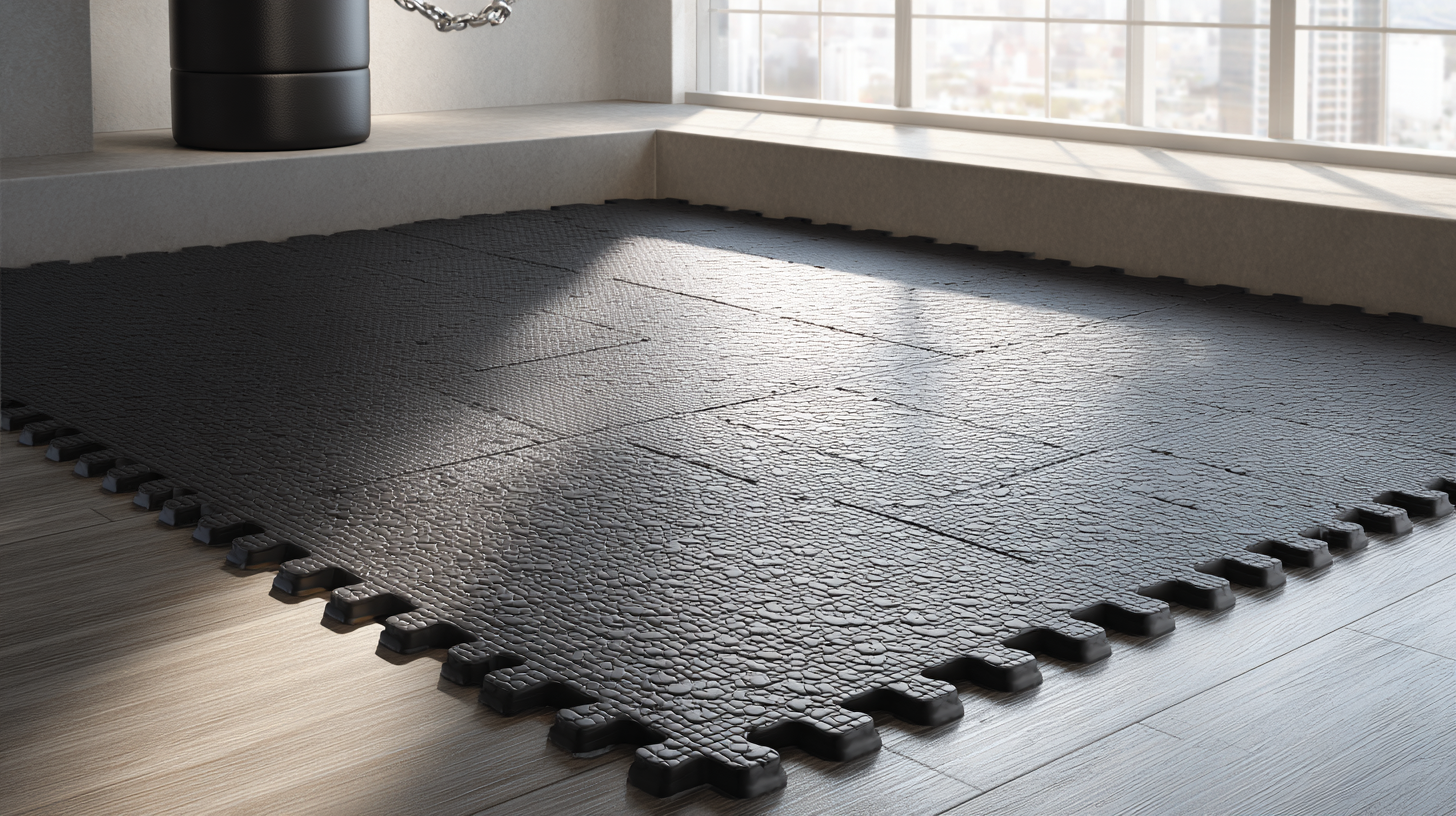
Choosing the Right Material: Comparing Rubber, Foam, and Carpet for Durability
When selecting interlocking floor mats, the material plays a crucial role in determining both durability and comfort. Rubber, foam, and carpet are three popular options, each with distinct characteristics. According to a report by the Elastic Materials Association, rubber mats can last up to 10 years in high-traffic areas due to their resilience and resistance to wear. They are particularly favored in commercial spaces because of their grip and safety features, making them an excellent choice for gyms or industrial environments.
Foam mats, on the other hand, are renowned for their comfort and are often used in residential settings or child play areas. A study published by the National Safety Council indicates that foam mats can reduce impact injuries by over 40%, making them ideal for areas where falls are a concern. However, foam mats typically have a shorter lifespan compared to rubber, generally lasting around 3-5 years with regular use.
Tips: When choosing materials, consider your specific needs. For areas with heavy equipment or foot traffic, rubber offers unparalleled durability. If comfort is your primary concern, especially in play areas, opt for foam. Lastly, for spaces that require both durability and a soft feel, high-quality carpet mats might be the best option, as they combine comfort with a moderate lifespan of around 5-7 years.
Understanding Thickness and Density: How They Affect Comfort and Longevity
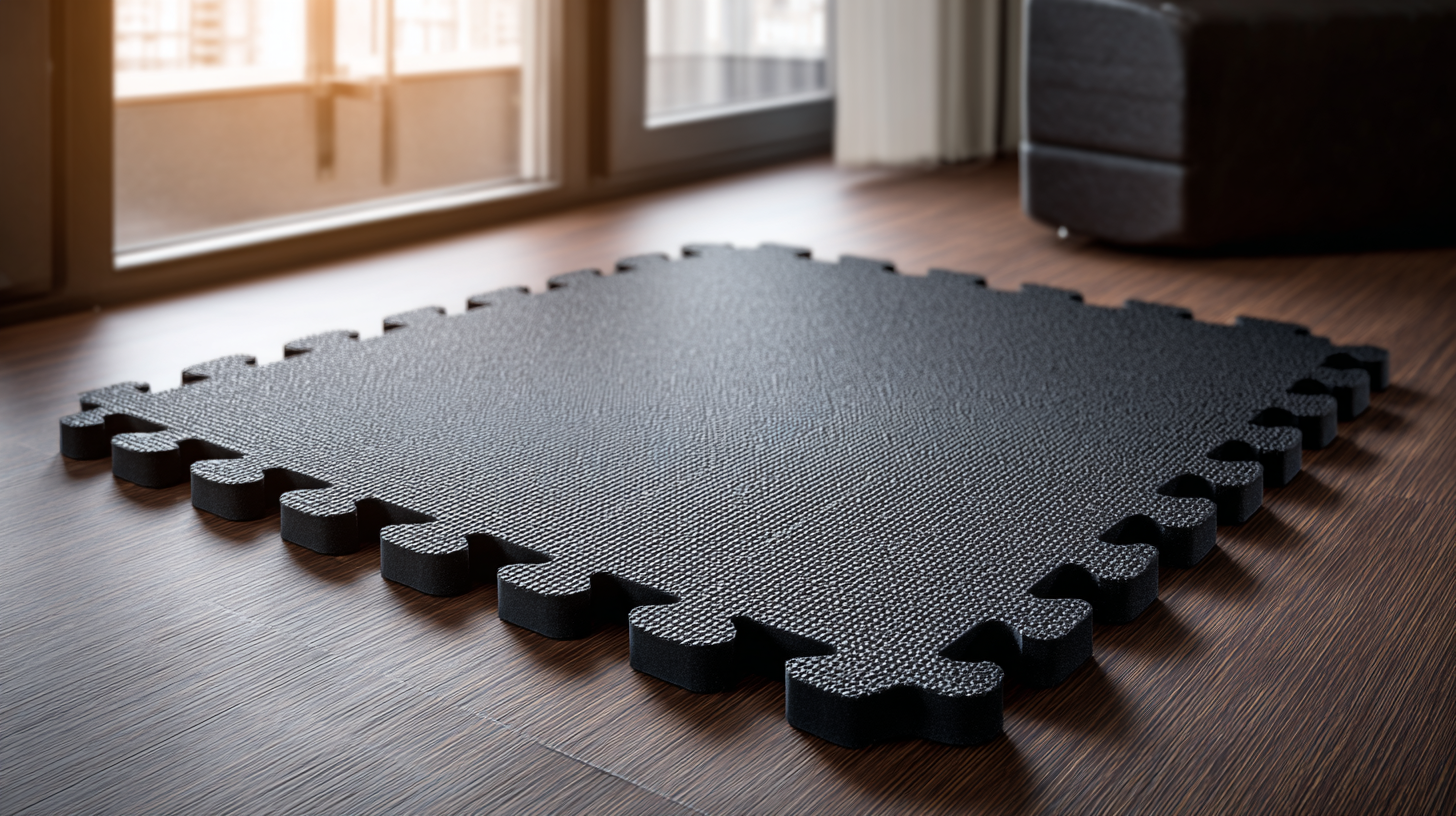 When selecting interlocking floor mats, understanding thickness and density is crucial for ensuring both comfort and longevity. Thickness typically ranges from half an inch to several inches, impacting how well the mats absorb shock and provide cushioning. Thicker mats tend to offer more comfort underfoot, making them ideal for activities that require prolonged standing or movement, like gym workouts or industrial workspaces. However, it’s essential to balance thickness with the intended use; overly thick mats might not be suitable for areas where mobility and stability are priorities, such as workshops or heavy machinery zones.
When selecting interlocking floor mats, understanding thickness and density is crucial for ensuring both comfort and longevity. Thickness typically ranges from half an inch to several inches, impacting how well the mats absorb shock and provide cushioning. Thicker mats tend to offer more comfort underfoot, making them ideal for activities that require prolonged standing or movement, like gym workouts or industrial workspaces. However, it’s essential to balance thickness with the intended use; overly thick mats might not be suitable for areas where mobility and stability are priorities, such as workshops or heavy machinery zones.
Density, measured in pounds per cubic foot, directly influences the durability and resilience of the mats. Higher density mats tend to withstand wear and tear better, making them perfect for high-traffic areas. They provide better support and can absorb significant impacts without deforming over time. Lower density options may feel softer, but they often compromise longevity, leading to rapid deterioration in busy environments. Therefore, when selecting interlocking floor mats, finding the right combination of thickness and density tailored to your specific needs will enhance both comfort and the longevity of your flooring solution.
The Importance of Interlocking Design: Enhancing Stability and Ease of Use
The interlocking design of floor mats plays a crucial role in enhancing both stability and ease of use, making it a key consideration when selecting flooring solutions. This design allows individual mats to connect seamlessly, reducing the risk of movement or separation over time. As a result, users enjoy a more secure surface, which is especially beneficial in high-traffic areas or spaces that require heavy equipment. The interlocking feature not only ensures the mats stay firmly in place but also simplifies the installation process, allowing for quick setup and adjustments as needed.
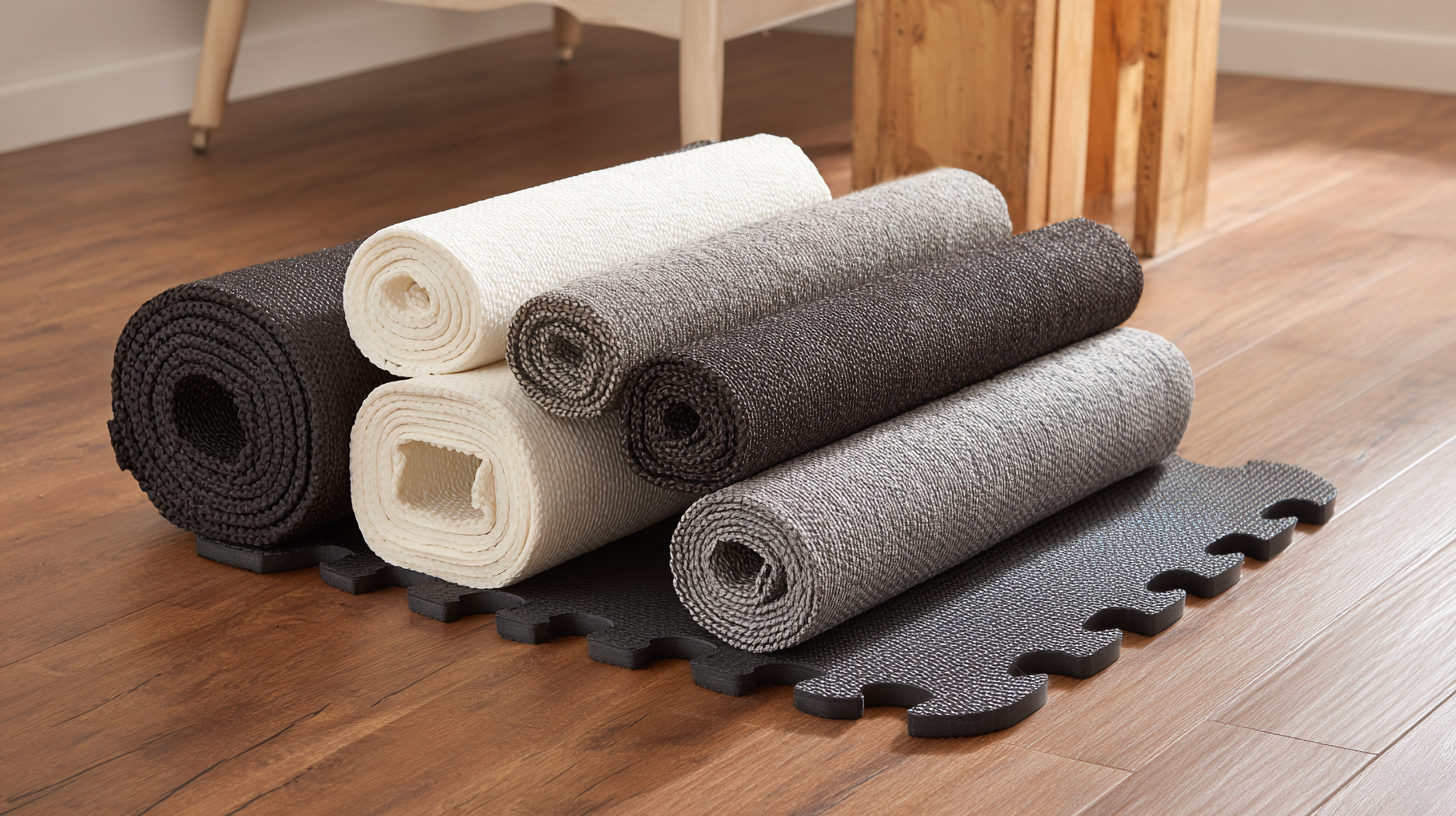
Additionally, the interlocking design contributes to the maintenance of comfort underfoot. By creating a continuous surface, these mats help to distribute weight evenly, minimizing pressure points that can lead to discomfort. This characteristic is invaluable in environments such as gyms or play areas, where extended periods of standing or movement can take a toll on comfort levels. Furthermore, if a section of the mat becomes damaged, individual pieces can be easily replaced without the need to overhaul the entire flooring, adding to the overall convenience and longevity of the flooring solution.
Evaluating Slip Resistance: Ensuring Safety in High-Traffic Areas
When selecting interlocking floor mats, slip resistance is a critical factor to consider, especially in high-traffic areas where safety is paramount. Mats designed with textured surfaces provide enhanced grip, minimizing the risk of slips and falls. It is essential to evaluate the material composition, as rubber and certain polymers often deliver superior traction compared to smoother surfaces. Additionally, look for mats that feature beveled edges; these not only help with stability but also reduce tripping hazards.
Furthermore, ensuring that your mats are appropriately rated for the specific environment—be it indoor or outdoor—can significantly influence their effectiveness in preventing slips. Assess the location's moisture levels; for instance, mats placed in areas prone to spills or wet conditions should be chosen for their water-resistant properties. Regular maintenance and cleaning also play vital roles in maintaining slip resistance; dirt and debris can diminish the mat's grip over time. By prioritizing slip resistance in your selection process, you can create a safer space that caters to both comfort and durability.
How to Choose Interlocking Floor Mats for Maximum Durability and Comfort in Your Space - Evaluating Slip Resistance: Ensuring Safety in High-Traffic Areas
| Mats Type | Material | Thickness (inches) | Slip Resistance Rating | Durability (years) | Comfort Level (1-10) |
|---|---|---|---|---|---|
| Anti-Fatigue Mats | Rubber | 0.75 | High | 5-7 | 8 |
| Entrance Mats | Coir | 0.5 | Medium | 3-5 | 6 |
| Gym Mats | EVA Foam | 1.0 | Very High | 5-10 | 9 |
| Workshop Mats | PVC | 0.5 | High | 7-10 | 7 |
Maintenance Tips for Prolonging Life: Cleaning and Care for Interlocking Mats
Maintaining interlocking floor mats is crucial for enhancing their durability and comfort. According to industry reports, well-maintained mats can last up to 20% longer than those that are neglected. Regular cleaning is essential; a simple vacuuming once a week can prevent dirt and debris from settling into the mat's surface. For deeper cleans, using a mild soap solution with warm water can effectively remove stubborn stains without damaging the material. It’s recommended to avoid harsh chemicals, as they can deteriorate the mat's integrity over time.
In addition to regular cleaning, proper care can significantly prolong the life of interlocking mats. Reports by the Rubber Association indicate that the use of protective coatings can enhance a mat's resistance to wear and tear, especially in high-traffic areas. Regularly inspecting the mats for any signs of damage or wear is also advisable; early detection allows for timely repairs or replacements, thus maintaining a safe and comfortable environment. By implementing these maintenance tips, you can ensure that your investment in interlocking floor mats continues to provide both comfort and durability for years to come.
Related Posts
-
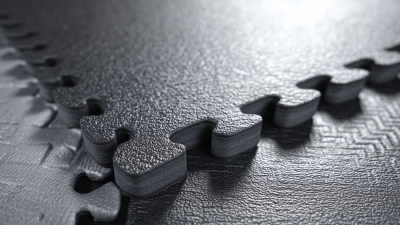
Navigating Import Certification for the Best Interlocking Floor Mats in Global Markets
-
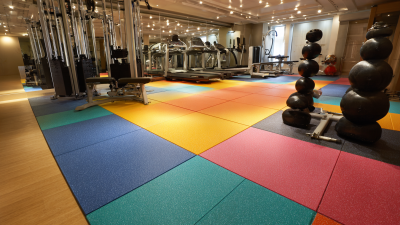
Quality Journeys from China to the World with Premier Rubber Gym Flooring Solutions
-
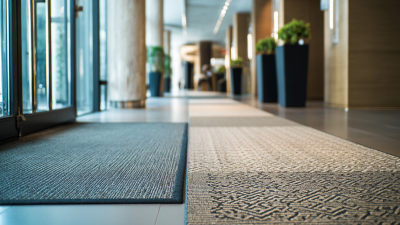
How to Choose the Best Commercial Floor Mats for Your Business Needs
-

Mastering Gym Floor Mats Essential Tutorial for Choosing the Right Materials and Sizes
-

The Complete Guide to Choosing the Perfect Outside Door Mats for Your Home
-
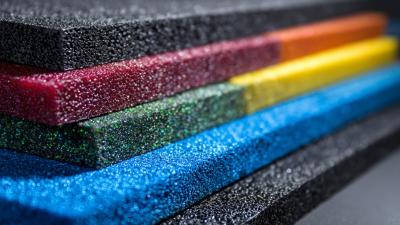
The Ultimate Guide to Choosing the Best Rubber Mats for Every Application
